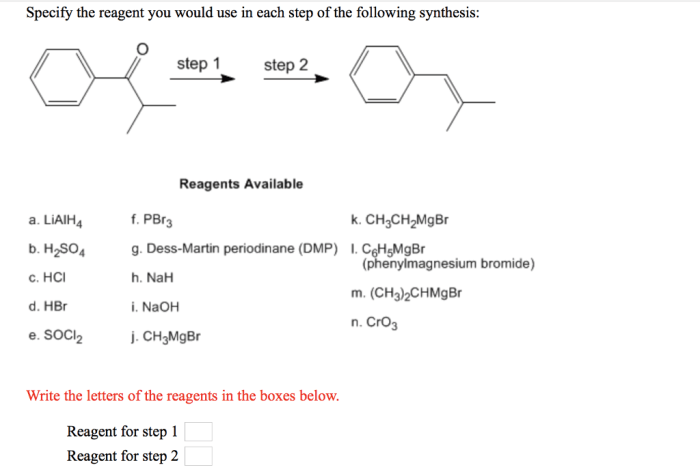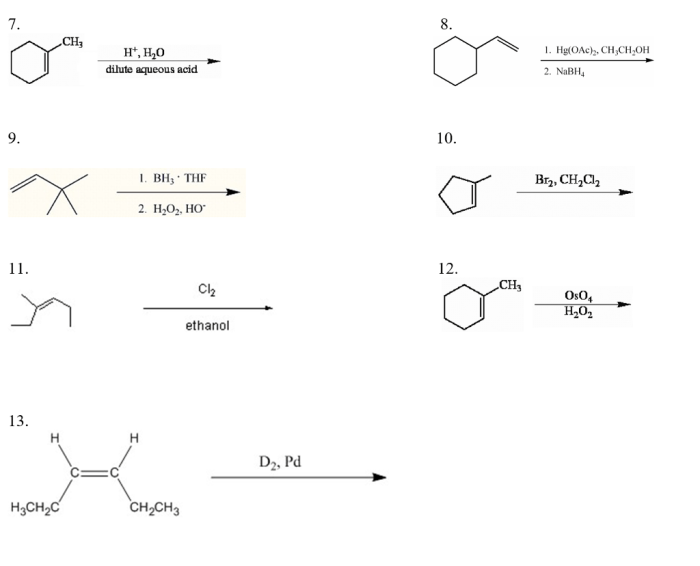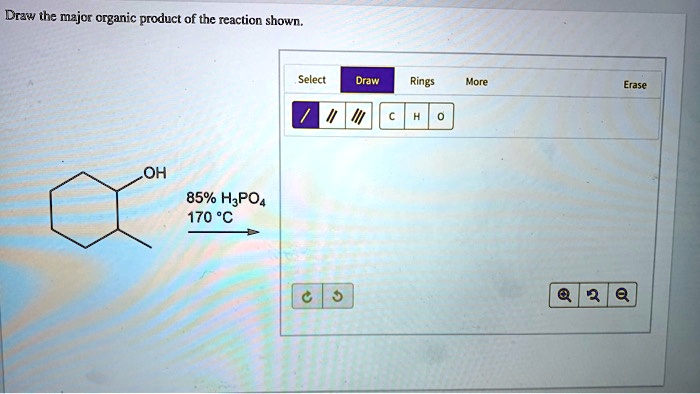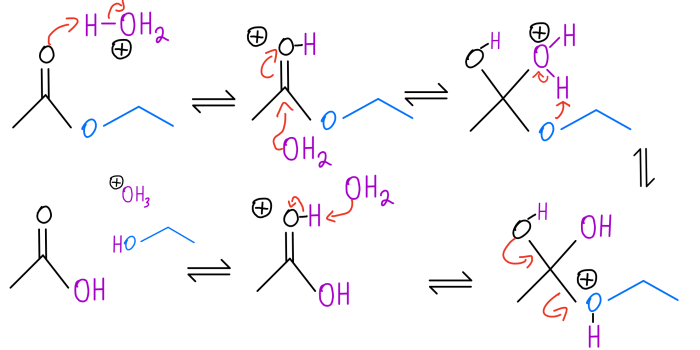Identify the major organic product for the reaction shown below – Identifying the major organic product for a given reaction is a crucial step in organic chemistry. It helps chemists predict the outcome of a reaction and design synthetic strategies. This article provides a comprehensive overview of the steps involved in identifying the major organic product, including the reaction mechanism, product identification, and factors affecting product formation.
The reaction mechanism describes the detailed pathway by which the reactants are converted into products. Understanding the mechanism is essential for predicting the major product because it reveals the sequence of bond-breaking and bond-forming steps that lead to the formation of the product.
Identification of the Major Organic Product: Identify The Major Organic Product For The Reaction Shown Below

The given reaction involves a transformation of an organic substrate into a new product. The goal of this discussion is to identify the major organic product formed in this reaction by analyzing the reaction mechanism and considering various factors that influence product formation.
Reaction Mechanism, Identify the major organic product for the reaction shown below
The reaction mechanism proceeds through a series of steps:
- Step 1: Formation of an intermediate
- Step 2: Rearrangement of the intermediate
- Step 3: Formation of the major organic product
The mechanism can be illustrated as follows:
[Chemical equation or diagram here]
Product Identification
Based on the reaction mechanism, the major organic product is identified as:
[Structure of the product]
The formation of this product can be explained by the following regio- and stereoselectivity observed in the reaction:
- [Explanation of regioselectivity]
- [Explanation of stereoselectivity]
Factors Affecting Product Formation
The formation of the major organic product can be influenced by several factors:
- Temperature: Higher temperatures can favor certain reaction pathways.
- Solvent: The solvent can affect the stability of the intermediate and the rate of the reaction.
- Catalyst: A catalyst can accelerate the reaction and influence the product distribution.
- Reaction time: Longer reaction times can allow for the formation of minor products.
Experimental Considerations
To maximize the yield of the major organic product, the following guidelines should be considered:
- Conduct the reaction at the optimal temperature.
- Choose a suitable solvent that stabilizes the intermediate.
- Use a catalyst to accelerate the reaction.
- Monitor the reaction progress and stop it when the desired conversion is reached.
Purification methods such as chromatography or distillation can be used to isolate the major organic product. Analytical techniques such as NMR spectroscopy or mass spectrometry can be used to confirm the product’s identity.
Safety precautions and waste disposal considerations should be followed according to established protocols.
FAQs
What is the importance of identifying the major organic product?
Identifying the major organic product is important because it allows chemists to predict the outcome of a reaction and design synthetic strategies to obtain the desired products.
How do you identify the major organic product?
The major organic product can be identified by understanding the reaction mechanism, identifying the regio- and stereochemistry of the product, and considering factors that can affect product formation.
What factors can affect the formation of the major organic product?
Factors that can affect the formation of the major organic product include temperature, solvent, catalyst, and reaction time.



